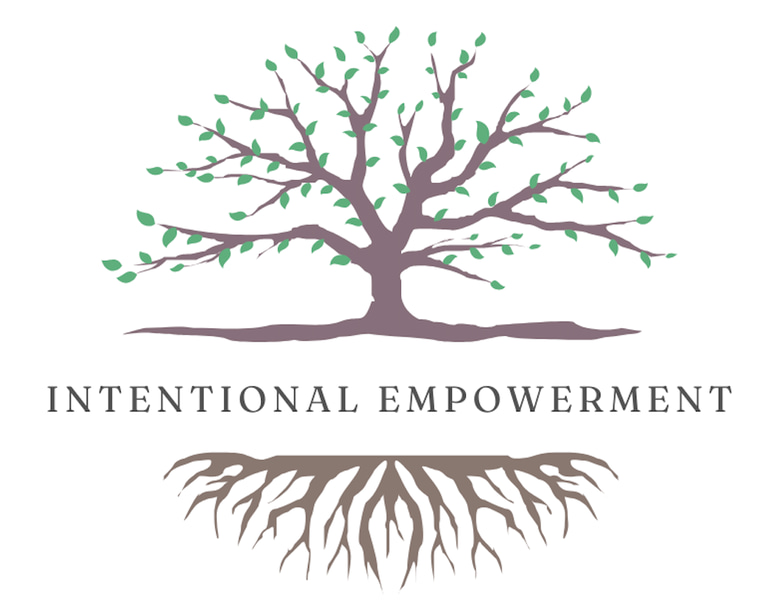Beyond Remote Work: How Flexibility Can Be a Radical Act of Employee Wellbeing
But What If Flexibility Means Less Productivity? (Spoiler: It Doesn’t)
Jess Sumerak
5/2/20254 min read


In today’s workplace, “flexibility” often gets reduced to a simple checkbox:
☐ Remote
☐ Hybrid
☐ In-office
But the truth is, flexible work isn’t about location. It’s about liberation, from rigid schedules, one-size-fits-all productivity standards, and the quiet burnout that happens when humans are asked to operate like machines.
So let’s talk about what flexible work really looks like, and how it can be the most powerful wellbeing strategy you’re not fully using yet.
What Real Flexibility Looks Like
🔄 1. Autonomy Over Micromanagement
Wellbeing thrives when people have the freedom to make choices about how they work best.
This doesn’t mean no accountability, it means clarity over control.
Trust-based systems
Outcome-focused expectations
The ability to make decisions about pace, process, and tools
Autonomy increases motivation. Control increases compliance. You get to choose which one you're building.
🕒 2. Asynchronous Options That Respect Cognitive Energy
Not everyone functions best at the same time. Especially for neurodivergent employees, cognitive energy may peak late at night, in short bursts, or in quiet solo work.
Asynchronous work allows for:
Time-blocking around energy, not just time
Fewer unnecessary meetings
Reduced pressure to perform “on command”
This is a huge win for introverts, ADHDers, parents, and anyone with a nervous system that doesn’t love urgency.
🧠 3. Custom Work Rhythms That Align With Human Needs
Flexibility also means recognizing that different roles (and people) need different rhythms.
Some examples:
A project manager may prefer weekly structure
A creative may need blocks of unscheduled time to ideate
A support staff member might thrive on clear routines with breaks
It’s about intentional design, not forcing everyone into the same mold.
And when people work in ways that fit them? They’re happier, healthier, and more effective.
The Wellbeing ROI of Flexible Work
When done right, flexible work reduces:
Burnout
Absenteeism
Passive disengagement
Mental health strain
And it increases:
Retention
Innovation
Trust
Team morale
Flexible systems don’t mean less structure. They mean smart, human-centered structure that meets people where they are, not where outdated models say they should be.
Why This Matters for Neurodivergent Teams (and Founders)
As someone who works closely with ADHD, trauma-informed, and neurodivergent business owners, I see it every day:
The 9-to-5 model doesn’t support executive dysfunction.
Constant meetings and Slack pings cause sensory overload.
Rigid deadlines break creative flow and increase anxiety.
And yet, these same folks are some of the most visionary, innovative, and loyal team members when supported by the right systems.
How to Start Building Flexibility Into Your Workplace (Even as a Small Business)
Audit your systems
Where are you defaulting to structure that no longer serves your people or outcomes?Ask your team what flexibility actually looks like to them
Not everyone wants remote work. Some want clarity. Some want time freedom. Some want less noise.Build accountability through clarity, not surveillance
Define success by results and values, not presence or online status.Design with different brains in mind
Use checklists, visual options, and time flexibility to support diverse working styles.
Flexibility is a Culture, Not a Perk
If your business claims to care about wellbeing, flexibility isn’t optional anymore, it’s essential.
It’s not about giving people less to do. It’s about giving them the space to do it in ways that are sustainable, empowering, and human.
But What If Flexibility Means Less Productivity? (Spoiler: It Doesn’t)
Let’s talk about the elephant in the break room.
Many employers want to support wellbeing, but they hesitate to offer flexible systems because they’re afraid of one (or more) of these:
“What if people take advantage of it?”
“How will we maintain collaboration?”
“This won’t work in a client-facing, retail, or production environment.”
“If I can’t see them working, how do I know they are?”
These fears are real, and often come from a place of pressure, not control.
You’re responsible for outcomes. For team dynamics. For client expectations. And flexibility can feel like a threat to structure.
But here’s the truth:
Flexible work doesn’t mean chaos. It means intentional design.
🧰 How to Overcome the Common Objections
🧠 “They won’t work as hard if I’m not watching.”
This is about trust and clarity. Flexible systems don’t replace accountability, they enhance it by focusing on outcomes, not optics.
Set clear expectations and deliverables
Check in based on progress, not hours
Use project management tools to keep visibility without micro-managing
The result? Less time “looking busy.” More time being productive when it counts.
🤝 “We need to collaborate. That means being together.”
Collaboration is crucial, but does it need to be synchronous and constant?
Often, teams confuse collaboration with availability.
Try:
Core hours for real-time overlap
Weekly syncs paired with async updates
Shared docs, Looms, or voice notes to keep ideas flowing without draining energy
Flexible collaboration lets people contribute their best, not just their fastest response.
🛠️ “We’re not an office, we’re in healthcare, retail, or service work.”
Totally valid. Not every industry can offer remote or async options, but every industry can offer some form of flexibility.
Examples:
Shift swapping and self-scheduling (common in hospitals and restaurants)
Rotating time-off flexibility to reduce burnout
Wellbeing check-ins and adjusted expectations during high-demand seasons
Cross-training to allow for more fluid roles and responsibility sharing
Even in high-structure industries, predictability, autonomy, and empathy go a long way.
🎯 Bottom Line:
Flexibility doesn’t mean removing boundaries, it means building smarter, more humane ones.
Your team wants to contribute. They want to show up.
If they feel trusted, seen, and supported, they will rise.
And you? You’ll have a team that’s more loyal, more resilient, and more invested in your mission.
Intentional Empowerment, LLC
Empowering people-first, Research based, business strategy & employee well-being
© 2025 Intentional Empowerment. All rights reserved.
Follow us on social
Have a question? We're here to help.
📧 jessicasumerak@gmail.com
📍 Twinsburg, OH (Serving clients nationwide)
